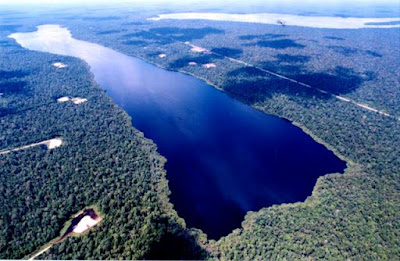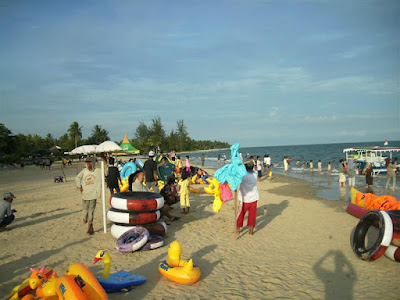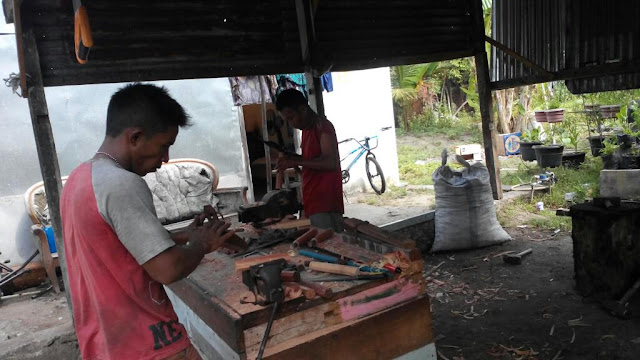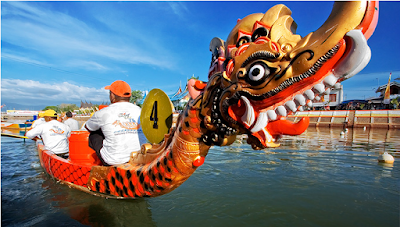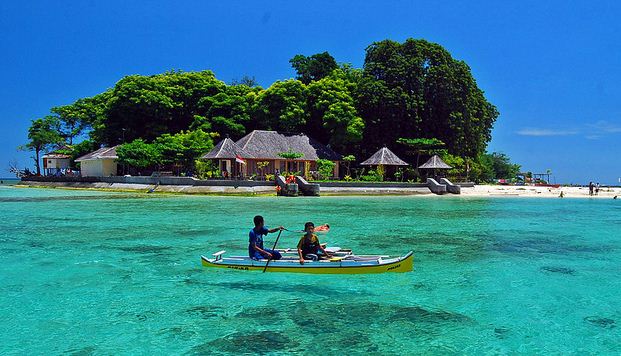The Traditional Ceremony of Garebeg
Garebeg Keraton Yogyakarta is a traditional ceremony performed as a manifestation of Sultan’s duty to spread and protect Islam. The ceremony, better known as Grebeg, was initiated by Sri Sultan Hamengkubuwono I (1755 – 1792).
The name Garebeg itself is derived from the process of miyos, the moment when the Sultan and the rest of the royal family come out of the palace (keraton) to bestow the gunungan (a heap of various food served in cone shape) to the people. The sound of the royal family’s steps is likened to the sound of a strong wind garebeg… garebeg… garebeg…
Garebeg is held three times a year on Islamic holidays. There are three kinds of Garebeg, namely Syawal, Garebeg Maulud, and Garebeg Besar. Garebeg Syawal is performed as a form of Keraton’s gratitude to God after finishing the month of fasting and also to welcome the month of Shawwal. Garebeg Maulud is perfomed as a celebration and commemoration of the birth of Prophet Muhammad SAW while Garebeg Besar is to celebrate Eid al-Adha which takes place in the month of Dhu al-Hijja which in Javanese calendar is known as Bulan Besar (the Big Month).
The traditional ceremony is opened with a parade of Keraton soldiers. In the structure of Keraton military, there are ten groups of soldiers: Wirobrojo, Daheng, Patangpuluh, Jagakarya, Prawirotama, Ketanggung, Mantrijero, Nyutra, Bugis, and Surakarsa. One by one, eight groups of soldiers come out of Siti Hinggil (the main hall of the palace where a Sultan is inaugurated) through Pagelaran (the front room right behind the north gate of the palace) and stop at Alun-alun Utara (the North Esplanade) to form their typical marching formation. Each personel is wearing full dress, carrying a special weapon or banner, while playing a musical instrument. After the eight groups, there will appear Manggala Yugha (Keraton’s military commanders). At last, the gunungan is carried out of Siti Hinggil escorted by the other two groups of soldiers.

A gunungan is a heap of food that is served in cone shape. It is the special feature of Garebeg. It consists of various natural products, symbolizing Keraton Yogyakarta’s prosperity, that in the occasion will be provided for the people. In Garebeg ceremony, there are six kinds of gunungan, each has different shapes and consists of different kinds of food. Gunungan Dharat is a gunungan whose peak is made of dark big flat cakes and surrounded by ilat-ilatan, the tongue-like cake made of sticky rice. Gunungan Gepak is a gunungan composed of forty baskets containing various tiny cakes of five colors, red, blue, yellow, green, and black. Gunungan Kutug/Bromo contains miscellaneous cakes with a hole on its peak in which there is a brazier burning incenses. As for Gunungan Lanang, the peak is embedded with a cake made of pulverized rice called mustaka (head). This gunungan consists of a combination of long beans, red chilies, duck eggs, and sticky rice. Gunungan Wadon is a gunungan made of many kinds of small cakes and sticky rice cakes. Gunungan Pawuhan resemblesGunungan Wadon in shape, except that there is a small white flag on its peak.
All gunungans are brought to Alun-alun Utara. By then, Keraton’s soldiers are already waiting in lines to give salvos of honors. After that, escorted by all of the soldiers, the gunungans are carried to Masjid Gedhe Kauman (Keraton’s mosque, literally means the Big Mosque of Kauman since it is situated in Kauman neighborhood) in order to be prayed for by the high priest of the mosque. Later on, the gunungans are put on the ground so that the people waiting around the mosque can take the food right away. The crowd will struggle to take any food provided in the gunungans. They believe that the food will bring them luck and prosperity. Some kinds of the food are believed to have the power to fertilize land if planted, so that the amount of crops will be abundant.
How to Access Location Garebeg Keraton Yogyakarta?
The entire ceremony is held in three different places, yet near to each other. The ceremony begins in the Pagelaran Hall of Keraton Yogyakarta, than moves to Alun-alun Utara and ends in the complex of Masjid Gedhe Kauman. All of the places lie in Yogyakartadowntown, the Province of Special Region of Yogyakarta, Indonesia. To get to the palace, you can take a Trans-Jogja bus route 1B, 2A, 2B, and 3A from the nearest shelter and pay around Rp. 3.000,00 (by October 2008) for the fare. Using this public transportation, you should stop at the Kantor Pos Besar shelter, then take a walk or a pedicab to the palace complex. To get more comfort and ease, you can take a taxi up to the front of the ticket counters.
To enter the palace and see the entire ceremony, the charge is Rp 10.000,00 a person (by October 2008). Around the palace there are parking lots for motorcycle and car so that visitors who take their own vehicles should not worry. Besides, outside the gate, visitors can easily find people selling traditional toys, souvenirs, and snacks and beverages.






